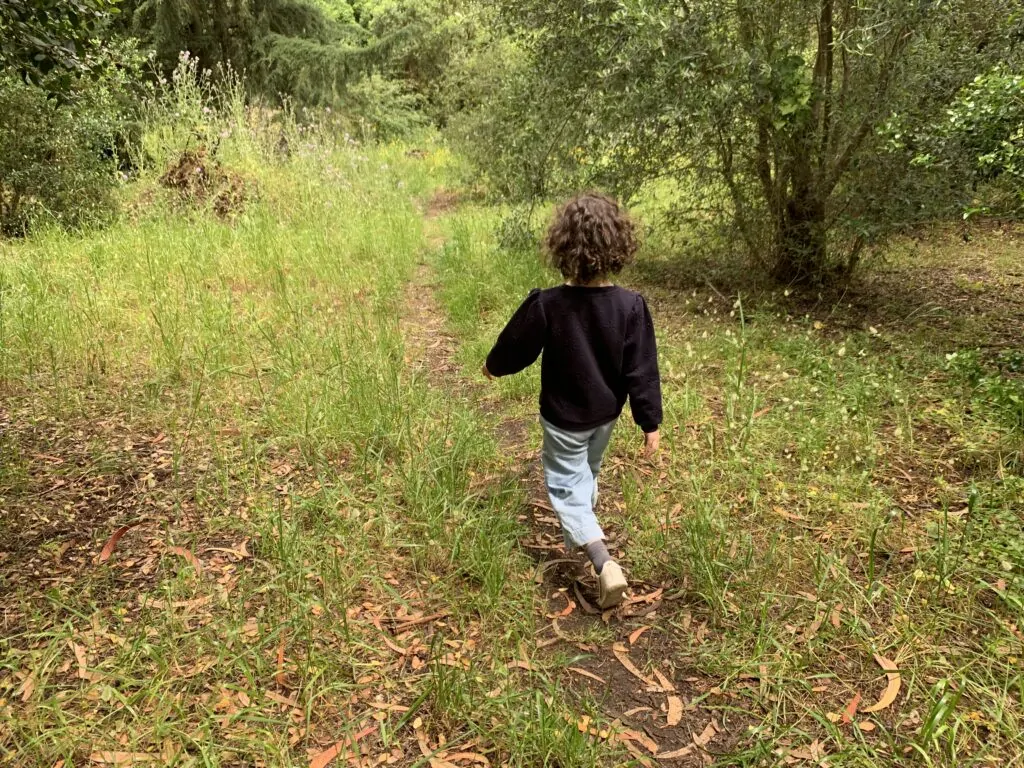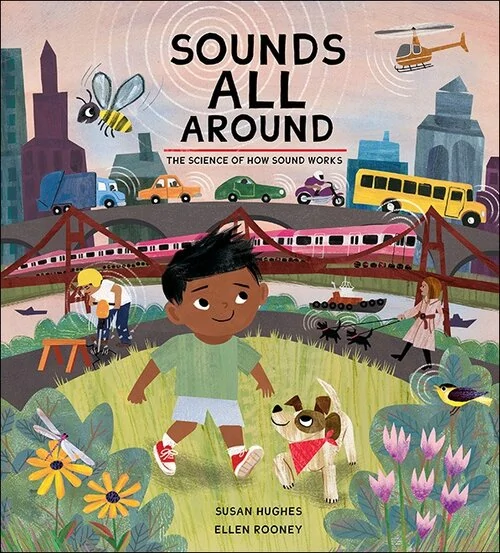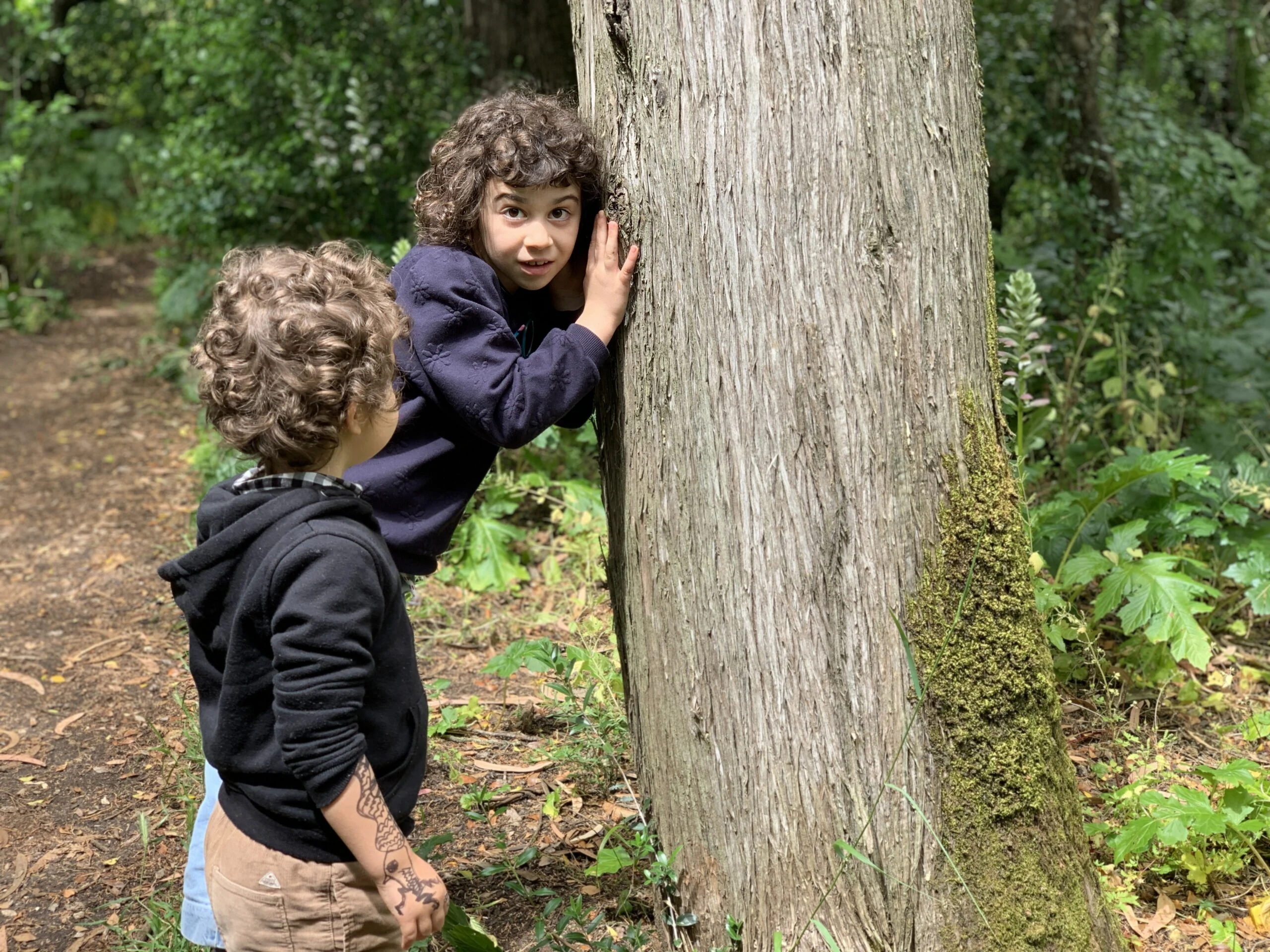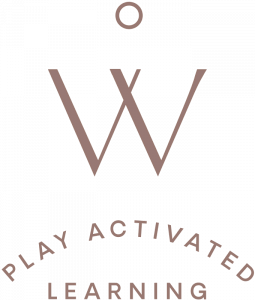Many sounds are part of our daily life that we unconsciously listen to. As these sounds fill the background, we don’t even realize how they transform or change direction, rhythm, or intensity.
With this Play Invitation, children can develop their attention, concentration, and listening skills, to recognize and identify sounds. They’ll also explore identity and sound and become aware of our sound landscape’s many layers and complexity.
What Could Lead Us to This Play Invitation
- Children have been exploring the sound of objects and musical instruments;
- Children are curious about what is making certain noises;
- Children are excited about the sounds of their bodies.
Materials Needed
• You don’t need any specific material for this Play Invitation.
Setting up this Play Invitation
- Choose a path to take the children, that is interesting and diverse in terms of sounds.
How to explore the sounds
- Take your children for a silent walk outside your school.
- Pay attention to all the sounds that you hear, for example, birds, wind, cars, people, and rain.
- Encourage children to reflect on those sounds by asking questions like:
• What sounds are you hearing right now?
• How many different sounds?
• How are they changing?
• What’s the loudest sound?
• The best sound?
• The ugliest sound?
• What sounds would you like to hear instead of these ones?

Optional Next Step: Invite children to paint the sounds. Offer paper and paints. How can you paint the sound of the birds we heard? How does it feel to you?
How to Nurture the Natural Unfolding of the Child’s Identity During This Play Invitation
- Children have the right to leave their classroom context and explore the outside world. As attractive as the interior of our school may be, it’s just a tiny portion of a controlled reality. Feeling the pulse of life outside, taking part and acting gives children a greater sense of belonging and a better understanding of the context and community in which they live.
- Children with special rights are entitled to participate in all activities as long as they do not compromise their physical or emotional integrity. In a sound exploration proposal, the educator can, for example, use a multi-sensory approach of “hearing” through touch and vibrations or use gestures to exemplify the sound.
The Academic Learning Opportunities
- LANGUAGE: Develop listening skills and concentration so the brain can process meaning.
- SCIENCE: Acknowledge sound qualities like intensity, pitch, duration, timbre, and direction.
Extensions
- In your classroom stay still in silence and listen to the sounds. Identify the sounds you hear. Use the same questions to guide children’s reflection.
Book Recommendation

A playful book that inspires us to stop and listen carefully.

